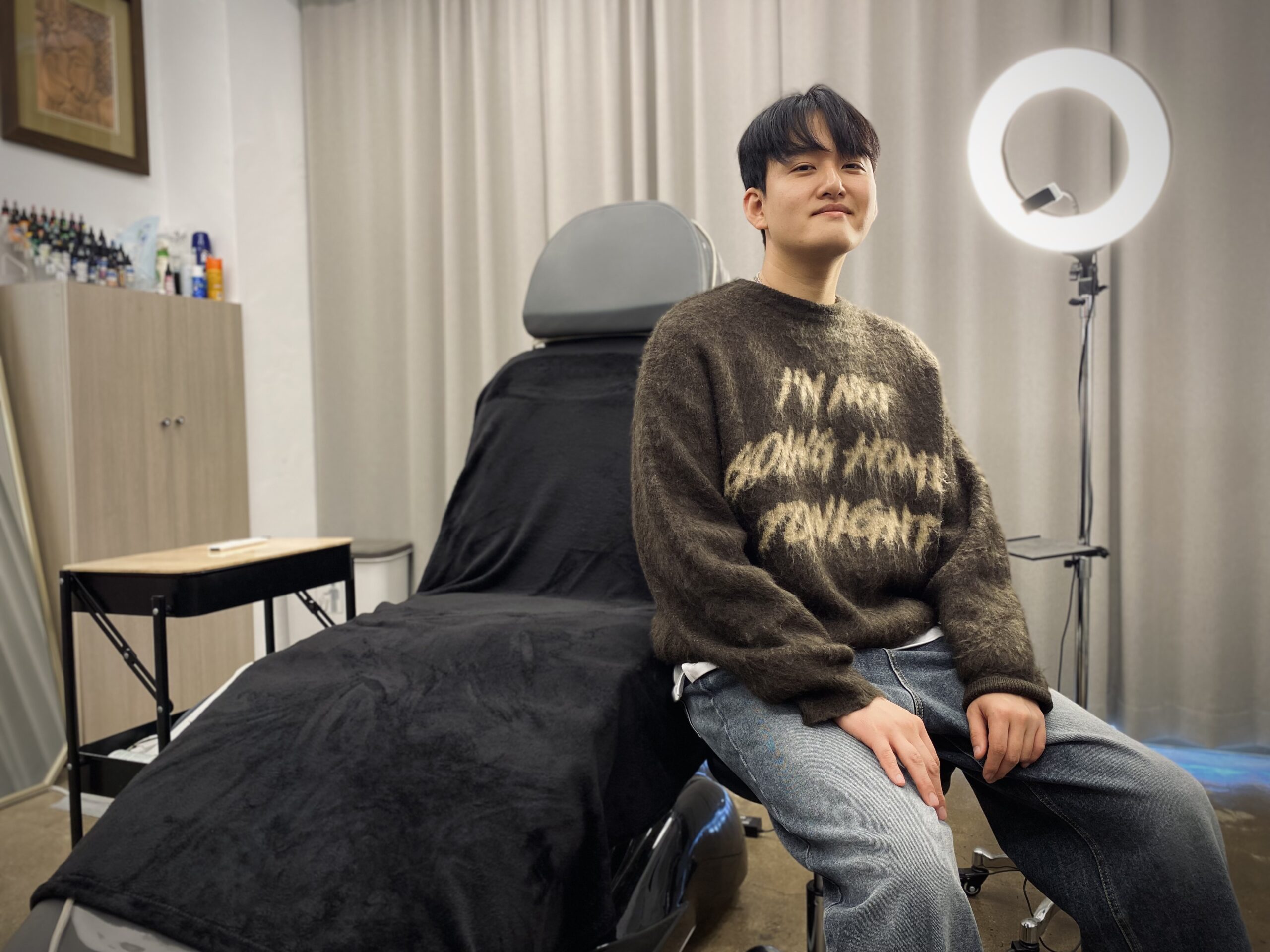Making Sense of the Misinformation Surrounding 5.18
By Ashley Sangyou Kim
For my senior thesis at UC Berkley, I chose to write about photography from 5.18, the May 1980 Uprising in Gwangju. Early on in my research, I ran into a question that stalled my process for an entire semester: How do I communicate the weight of 5.18 to my American audience? I decided on photography in hopes that the images would speak for themselves, but physical violence was only one piece to the puzzle that this event posed to Korean society. I found myself falling back on commemorative language, but that only simplified the implications of these pictures – South Korea is a democracy now, so have protesters not achieved what they risked their lives for? The more I tried to explain to my American professors and colleagues that there was more to see, the less satisfied I was with where the conversation went next. There was something that I could not explain, or something that I thought would not register even if I tried.
After beating around the bush for one semester, I was able to trace my finger back to the source of my exhaustion and frustration with explaining this event: the lies surrounding 5.18. I could not articulate why absurd conspiracies would provoke an emotional response from me, or why they were able to circulate in the first place. For many 5.18 scholars, misinformation is the reason they start studying and publishing on this history, and from the very start, I was reluctant to admit that I was one of them – there was nothing appealing about doing “corrective” work. In fact, it felt like an insult that my academic paper would have to engage with those unsubstantiated remarks. Yet such statements never failed to spur resentment in me, regardless of whether they came from politicians, YouTubers, or anonymous comments. Episodes of this resentment often replaced my words with sighs.
My initial reaction to understanding my rut was to consider the falsities as pure distractions. Anger was terrible for clear thinking, which I needed to write. More importantly, there were countless profound questions that 5.18 left behind – questions about community, self-government, jung (정, affection), and death. The list goes on. On the flip side, chasing false narratives and details was a cul-de-sac.
Lurking in the back of my mind was the question, “Why should foreigners care about how Koreans talk about 5.18?” Or even, there must be some reason that these narratives stick around. These thoughts became nagging voices that kept me excessively worried about factualness, which wore me out every time I sat down to write my thesis. Part of me wanted to avoid the fact that the right to free speech 5.18 helped bring was being used to spread lies or mock the victims. But looking away only hindered my thoughts, so I wanted a way to think about the group of people that spread the misinformation and how that adds to the weight of 5.18.
It would be inaccurate to say that every person who spreads false information does it for the same reason. Some people do it for their ten seconds of fame, while most use it as a political rallying point. Others fight the symbolic fight of undermining the importance of 5.18. This includes attempts to remove 5.18 from nationalized history textbooks or banning the song “March for the Beloved” (임을 위한 행진곡) from 5.18 ceremonies. My frustration always came at this point. I could not explain why such malicious attempts would gain any governmental and popular support, especially when 5.18 played a key role in democratizing the country. “Some people are just like that” was never satisfying.
The most coherent explanation for the discourse around 5.18 that I came up with was putting it in terms of freedom. 5.18 was a radical assertion of freedom during South Korea’s military dictatorship in that protesters did the unthinkable – they fought back against martial law. When South Korea democratized in 1987 and liberated itself from oppressive rule, the country entered a new era of rights and decision-making. People could now choose their leaders and make demands from them. But decades of colonialism and dictatorship did not subside overnight, especially in the minds of people inculcated by those rulers’ ideology. Those years crippled the spirit of critical thinking and open debate in Korean society, which made it especially vulnerable to lies from powerholders who perceived true democracy as a threat to their prosperity. To borrow Toni Morrison’s words, “Freeing yourself was one thing, claiming ownership of that freed self was another.”
On top of the misinformation, many of the people responsible for the killing have not been held accountable. Some Korean media companies continue to publish articles that distort the history of 5.18 or suggest derogatory stereotypes for Jeolla people. This all adds to the weight that I could not communicate to people at my university. It is unnecessary weight, since the history is so much more than the detractions from agitators. I might be naïve in showing strong emotions towards such careless words, but thinking through this misinformation reveals just how unfinished 5.18’s mission remains to this day.
The Author
Ashley Sangyou Kim (김상유) is a senior at the University of California at Berkeley studying rhetoric. She loves reading Toni Morrison, hiking, and baking with her little sister. She currently lives in Brea, California, but spent her early childhood in Gwangju. Her hope is to return to the city after graduation and work with the youth there.



